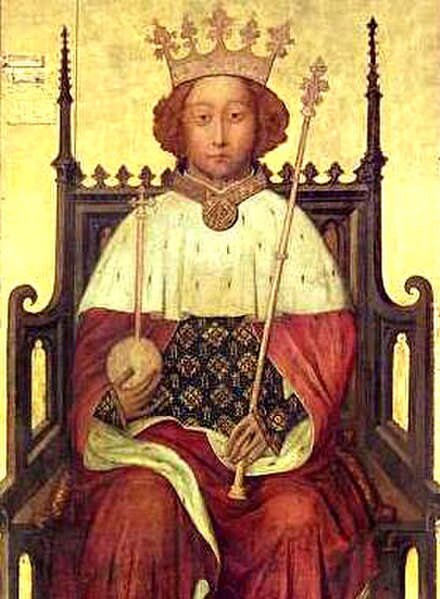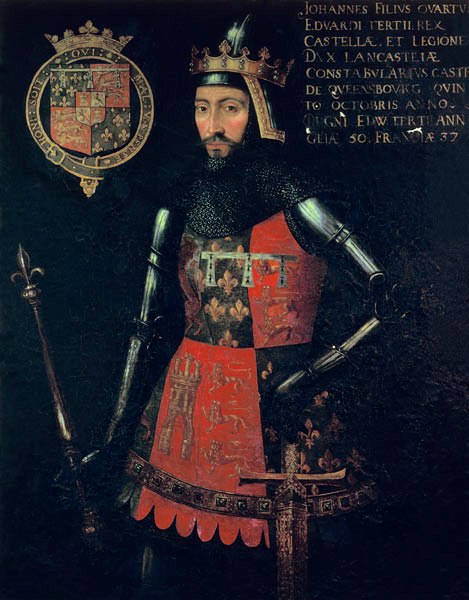The Battle of Towton took place on 29 March 1461 during the Wars of the Roses, near Towton in North Yorkshire, and "has the dubious distinction of being probably the largest and bloodiest battle on English soil". Fought for ten hours between an estimated 50,000 soldiers in a snowstorm on Palm Sunday, the Yorkist army achieved a decisive victory over their Lancastrian opponents. As a result, Edward IV deposed the Lancastrian Henry VI and secured the English throne.
The Battle of Towton, Richard Caton Woodville Jr. (1922)
Edward's presence was crucial to Yorkist victory.
Yorkist leader William Neville (on horse) and his archers took advantage of the wind to inflict early damage on the Lancastrians – 19th century drawing
Bodkin arrows were among the missiles that killed many in the battle.
The Wars of the Roses, known at the time and in following centuries as the Civil Wars, were a series of civil wars fought over control of the English throne from 1455 to 1487. The wars were fought between supporters of the House of Lancaster and House of York, two rival cadet branches of the royal House of Plantagenet. The conflict resulted in the end of Lancaster's male line in 1471, enabling the Tudor family to inherit their claim to the throne through the female line. Conflict was largely brought to an end upon the union of the two houses through marriage, creating the Tudor dynasty that would subsequently rule England.
Miniature of the Battle of Tewkesbury, late 15th century
Edward III was the father of five dukes: Edward (Cornwall), Lionel (Clarence), John (Lancaster), Edmund (York), and Thomas (Gloucester).
Richard II was a child-king who succeeded his grandfather Edward III shortly after the death of his father, Edward the Black Prince.
John of Gaunt, founder of the House of Lancaster








